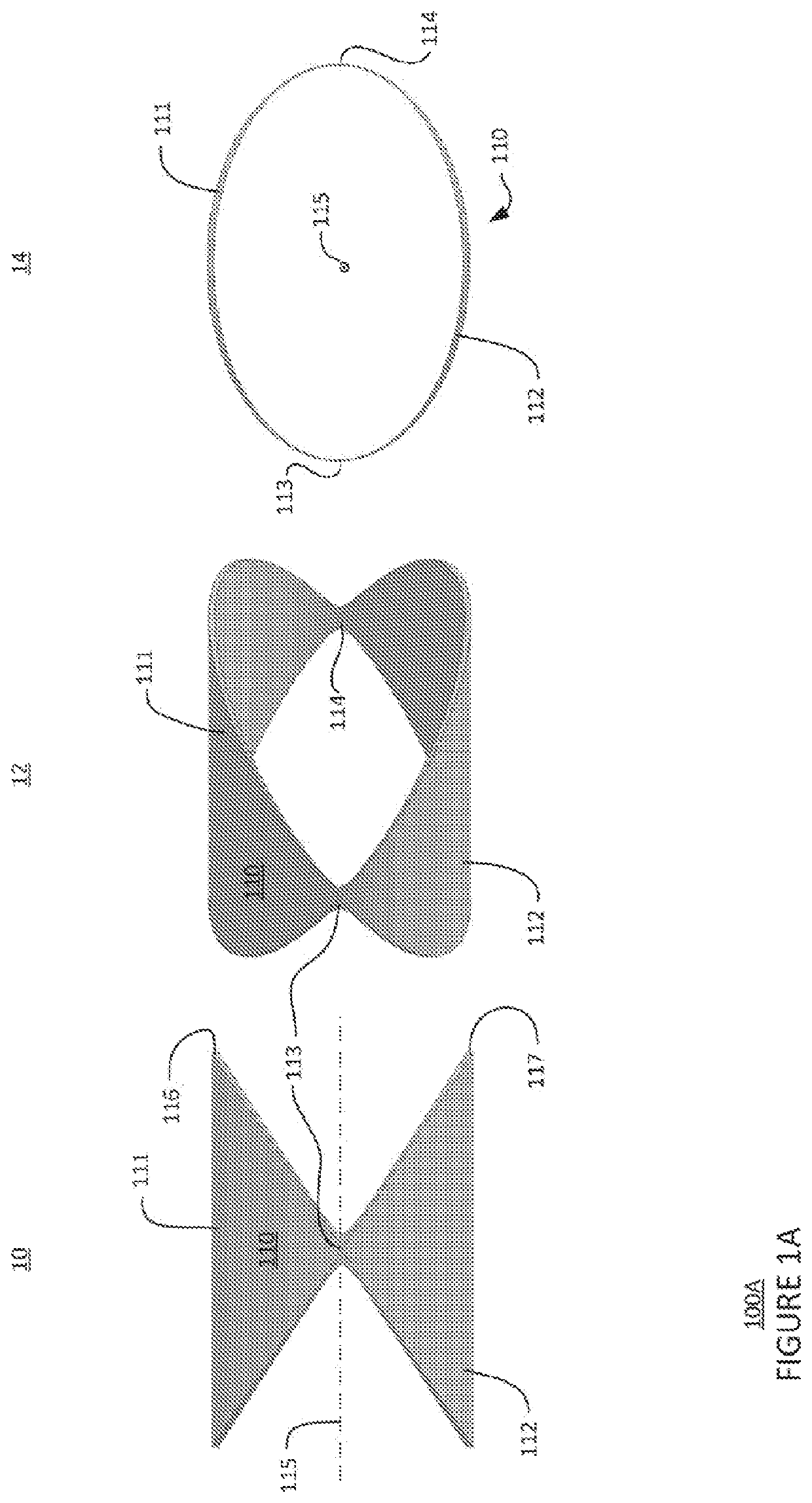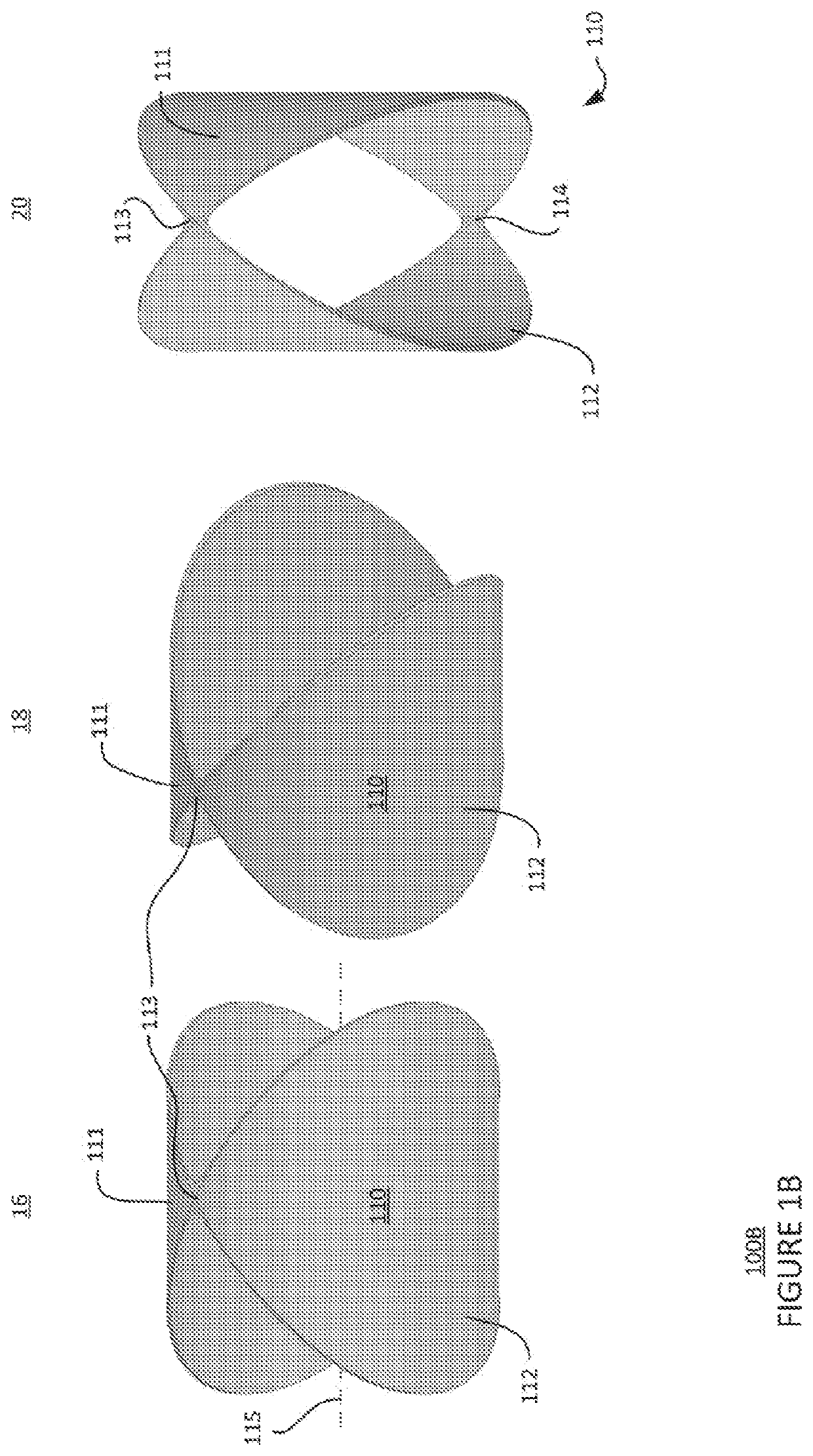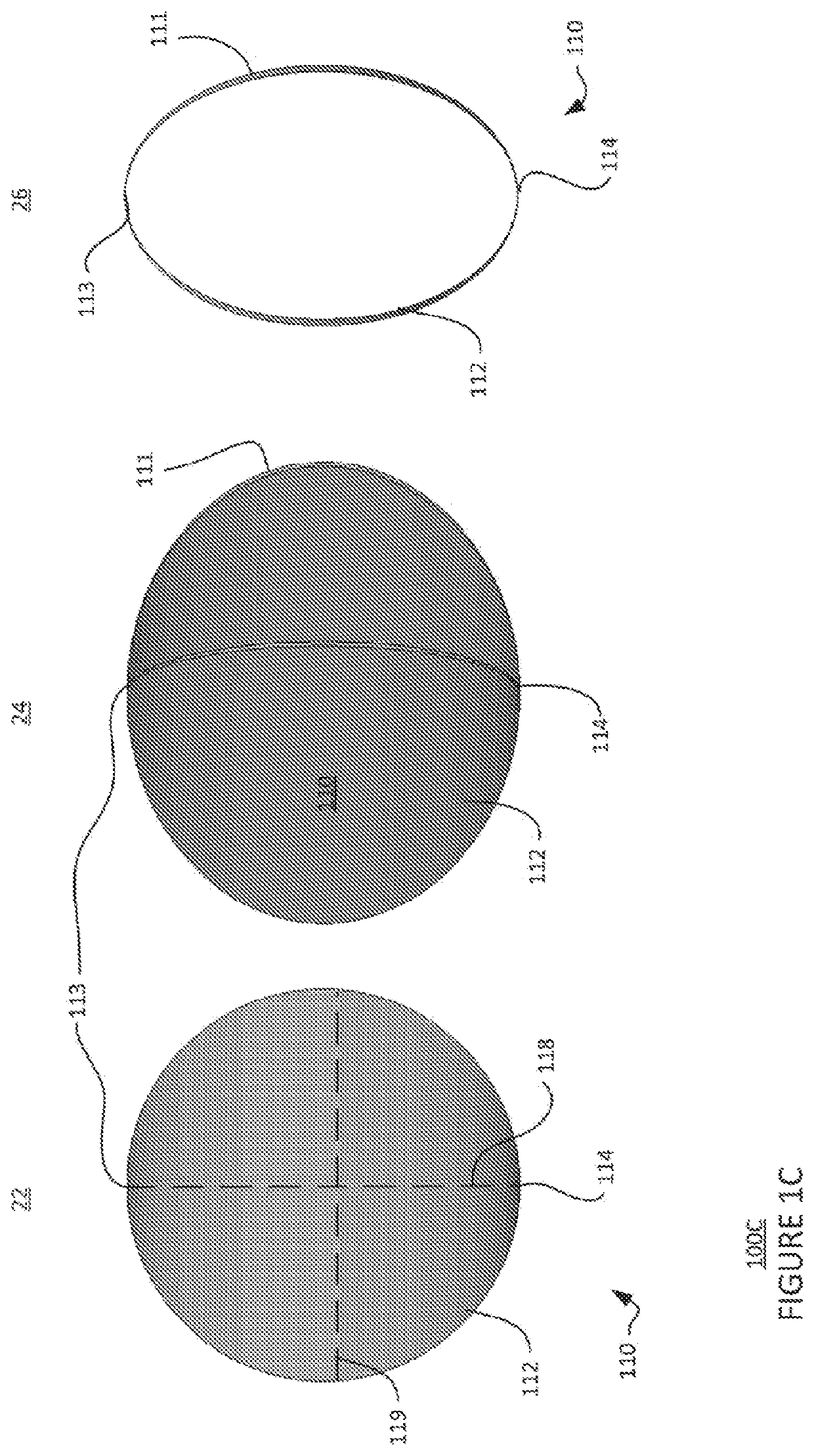An Iot-based Sewage Treatment System
a sewage treatment system and iot technology, applied in the field of iot-based sewage treatment system, can solve the problems of affecting the quality of life of people, and posing a serious threat to our lives and health, and achieves the effects of improving biomembrane formation, reducing overall cost, and simple manufacturing
- Summary
- Abstract
- Description
- Claims
- Application Information
AI Technical Summary
Benefits of technology
Problems solved by technology
Method used
Image
Examples
example sewage
[0068]The sewage treatment system may also include an IoT-based aerobic sewage treatment system that has a structure configured to allow formation of multi-stage biochemical reactions to decompose and degrade the organic pollutants in sewage. The aerobic sewage treatment system may thereby cause deep removal of pollutants. In addition, the aerobic treatment system may include level drops that may allow for an adequate concentration of dissolved oxygen in the sewage water in back-end aerobic biochemical pools.
[0069]As shown in FIGS. 6 and 7, the IoT-based aerobic sewage treatment system may include a multi-stage anaerobic tank group and a multi-stage aerobic biochemical pool group connected in series. After being sieved, sewage water may enters the first anaerobic tank, flows through the anaerobic tank group connected in series and the aerobic biochemical pool group connected in series, and finally flows out of the last aerobic biochemical pool. Thus, the sewage treat...
PUM
| Property | Measurement | Unit |
|---|---|---|
| height | aaaaa | aaaaa |
| height | aaaaa | aaaaa |
| length | aaaaa | aaaaa |
Abstract
Description
Claims
Application Information
 Login to View More
Login to View More - R&D
- Intellectual Property
- Life Sciences
- Materials
- Tech Scout
- Unparalleled Data Quality
- Higher Quality Content
- 60% Fewer Hallucinations
Browse by: Latest US Patents, China's latest patents, Technical Efficacy Thesaurus, Application Domain, Technology Topic, Popular Technical Reports.
© 2025 PatSnap. All rights reserved.Legal|Privacy policy|Modern Slavery Act Transparency Statement|Sitemap|About US| Contact US: help@patsnap.com



